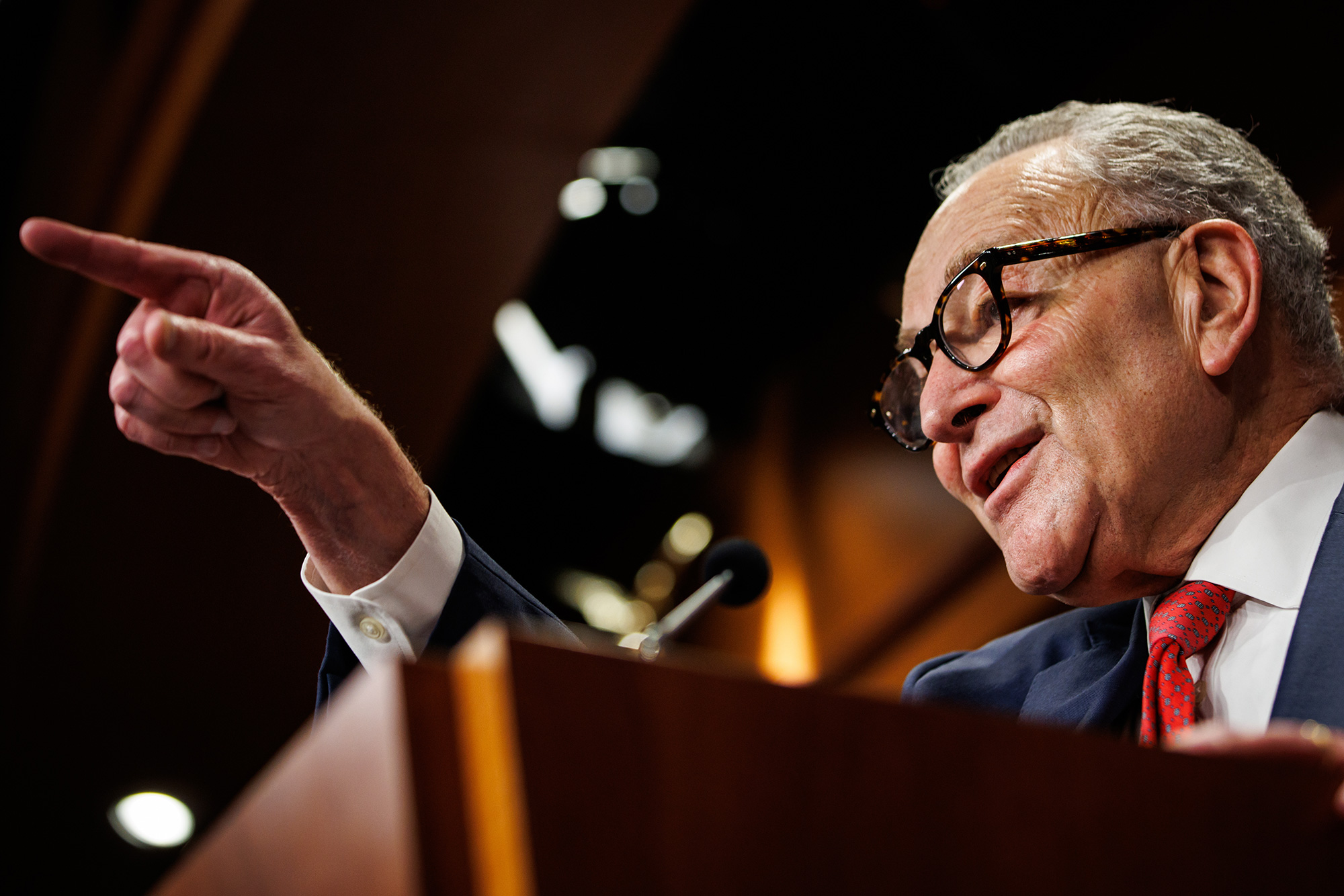The COVID-19 pandemic laid bare the cracks in America’s medical supply chain. Hospitals lacked basic protective gear. Testing fell short. Healthcare workers were put at risk. These were not unforeseeable outcomes. They were the result of over-reliance on foreign suppliers, understocked reserves, and slow federal action. Five years on from the pandemic, it’s worth looking at what went wrong, and why it’s so important to get it right before another global crisis threatens our access to lifesaving medicines and supplies.
Hospitals Faced Dangerous PPE Shortages
As COVID cases surged in spring 2020, personal protective equipment (PPE) was in dangerously short supply. According to reporting by National Nurses United, 87% of U.S. hospital nurses reused single-use PPE due to lack of alternatives. Some hospitals turned to homemade solutions, relying on scarves, rain ponchos, and expired gear to fill the gap.
The consequences were deadly. Over 1,700 healthcare workers died from COVID-19 by September 2020, and inadequate protection was a noteworthy factor in some of those deaths.
The federal government’s Strategic National Stockpile, intended for such emergencies, proved completely insufficient for the scale of the crisis. It held just 30 million surgical masks and 12 million N95 respirators, roughly 1.2% of the estimated 3.5 billion masks needed for a full-year pandemic response.
U.S. Dependence on Foreign Suppliers Deepened the Crisis
The pandemic hit as the United States was heavily reliant on overseas producers for medical supplies. Nearly half of all PPE imports, including gloves, goggles, and face shields, came from China. That number rose to 70% for textile face masks and 55% for protective garments.
When China restricted PPE exports to meet its own skyrocketing domestic demand, the global pipeline choked. Other countries followed suit. India, for example, restricted the export of 26 key pharmaceutical ingredients in early 2020. Hydroxychloroquine, for instance, an anti-malarial drug that was initially thought to help treat COVID, became largely unavailable outside of India.
Pre-Existing Shortages and Delayed Government Response
To make matters worse, the medical system entered the pandemic with vulnerabilities already in place. The FDA had flagged 145 drugs as being in shortage before the first wave of COVID infections even began, drugs that would take four to six months to produce at the necessary scale.
Despite early warnings, the federal government delayed fully invoking the Defense Production Act (DPA) to increase mask production. It was not until April 2020 that the DPA was used to compel U.S. companies to produce more PPE. By then, the worst of the shortages had already taken hold, and small manufacturers had no time or support to respond effectively.
Global Factory Shutdowns Crippled Testing Efforts
As COVID spread, demand for testing skyrocketed. But the global supply chain for key components, like swabs and chemical reagents, collapsed under pressure. China’s export restrictions and worldwide factory closures kept production levels low.
That disruption delayed testing efforts in the U.S., which could have accelerated the spread of the virus.
Rebuilding a Resilient Medical Supply Chain
The lessons should be clear: The U.S. needs to build a more resilient medical supply chain by:
- Increasing domestic manufacturing of critical goods
- Diversifying suppliers across regions
- Reinvesting in the Strategic National Stockpile
- Coordinating better across all levels of government
COVID-19 caught the country off guard. That cannot happen again when the next crisis comes.
Looking for the latest in your inbox? Sign up for emails from No Labels.
Related
Sam Zickar
Sam Zickar is Senior Writer at No Labels. He earned a degree in Modern History and International Relations from the University of St Andrews and previously worked in various writing and communications roles in Congress. He lives in the Washington, D.C. area and enjoys exercise and spending time in nature.




